Tech Rally Propels S&P 500 to Record High After Fed's Bold Rate Cut | Daily Market Analysis

Key events:
- Japan - BoJ Interest Rate Decision
- UK - BoE MPC Member Mann Speaks
- Canada - BoC Gov Macklem Speaks
- Eurozone - ECB President Lagarde Speaks
- USA - FOMC Member Harker Speaks
The S&P 500 surged to close above 5,700 for the first time ever on Thursday, fueled by gains in the tech sector, a day after the Federal Reserve kicked off its rate-cutting cycle with a significant 0.5% reduction.
The S&P 500 rose 1.7%, finishing at a record 5,715.61, while the Dow Jones Industrial Average added 532 points, or 1.3%, and the NASDAQ Composite jumped 2.5%.
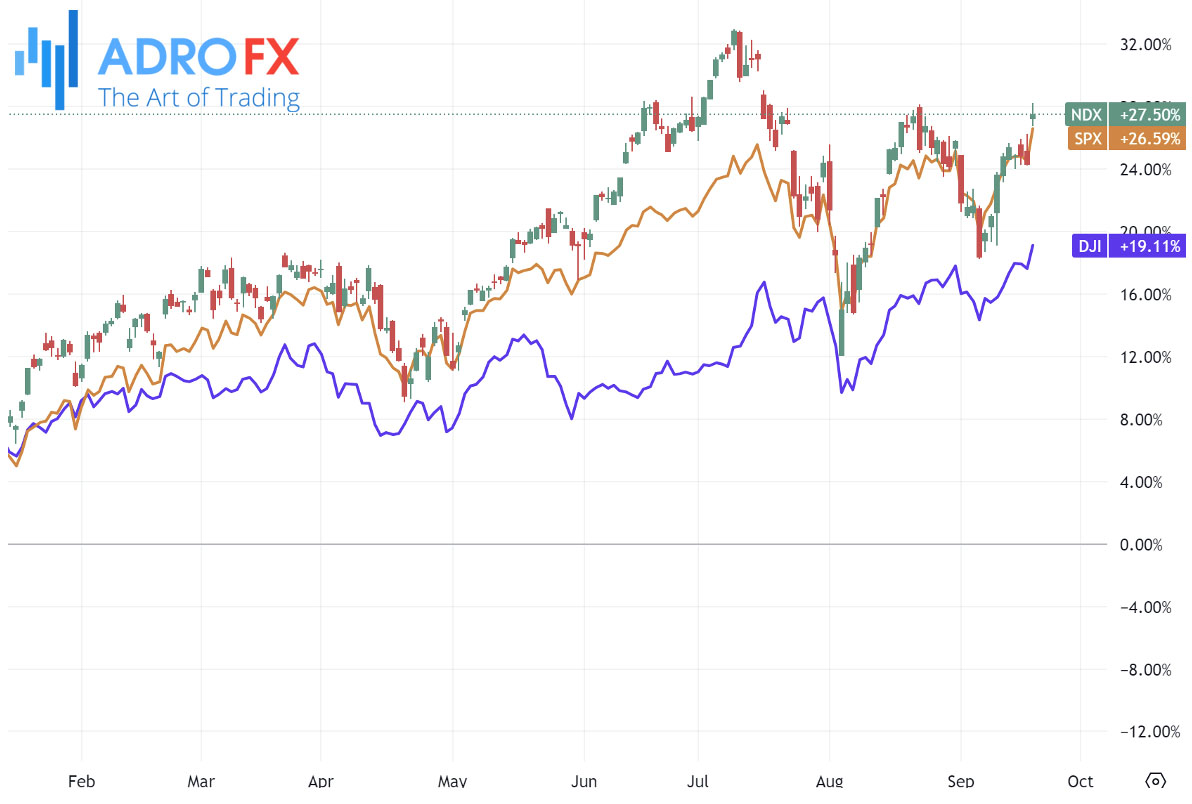
Major tech companies, including Meta Platforms Inc (NASDAQ: META), Apple Inc (NASDAQ: AAPL), and Tesla Inc (NASDAQ: TSLA), led the market higher following the Fed's Wednesday decision to slash its benchmark interest rate by 50 basis points to a range of 4.75% to 5%.
Gold prices continued to trade with a positive tone for the second consecutive day on Friday, remaining close to its all-time high, which it reached following the Federal Reserve's substantial rate cut earlier in the week. Additionally, Fed officials forecast another 50-basis-point reduction in borrowing costs by year-end, keeping the US Dollar under pressure near its year-to-date low, which in turn supports the non-yielding yellow metal.
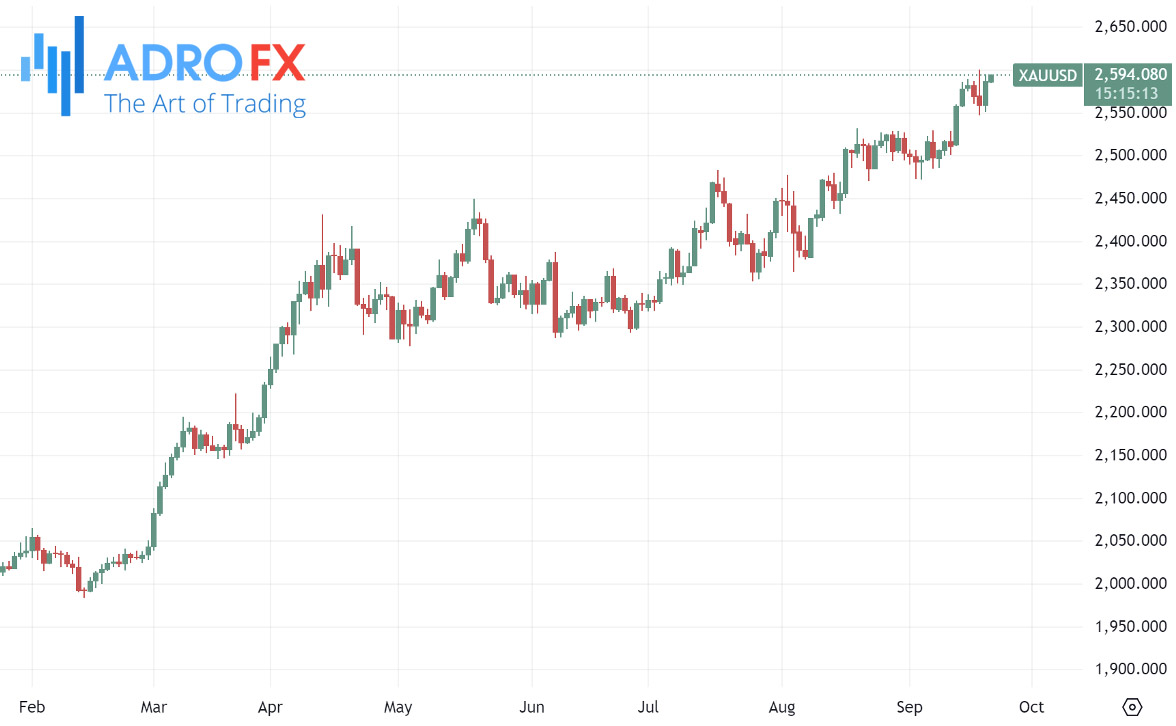
Beyond this, concerns about economic slowdowns in the US and China - the two largest economies - along with ongoing geopolitical risks from conflicts in the Middle East, further bolster gold prices. However, the prevailing risk-on sentiment could limit fresh safe-haven buying of XAU/USD, though the overall supportive environment suggests that upward momentum remains the most likely scenario.
The Japanese Yen remains steady against the US Dollar following the Bank of Japan's policy announcement on Friday, where it kept its interest rate unchanged at 0.15%, as widely anticipated. In addition, Japan's Consumer Price Index (CPI) increased to 3.0% year-over-year in August, up from 2.8%, marking the highest inflation rate since October 2023. The Core National CPI, excluding fresh food, reached 2.8%, a six-month high, and has risen for four consecutive months, meeting market expectations.

The weaker US Dollar supports the downside in the USD/JPY pair, driven by growing expectations of further rate cuts by the US Federal Reserve by the end of 2024. The Fed's latest dot plot projections indicate a gradual easing of rates, with the 2024 median forecast revised down to 4.375%, compared to the 5.125% forecast made in June.
Meanwhile, the GBP/USD pair has maintained a positive trend for three consecutive days, trading around the 1.3300 level during Friday’s Asian session, just below its highest mark since March 2022, reached the day before. The British Pound continues to be buoyed by the Bank of England's decision to keep interest rates steady while proceeding with a £100 billion reduction of its government bond holdings over the next year.
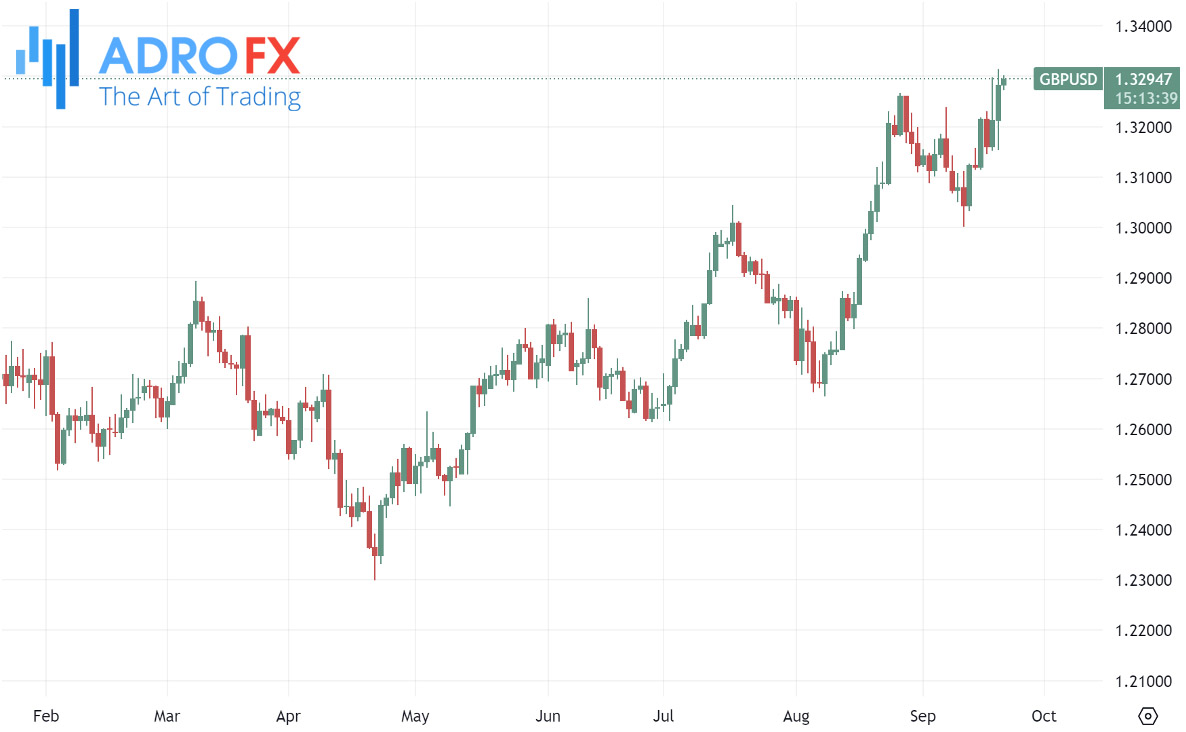
The NZD/USD pair has fluctuated between modest gains and losses during the Asian session on Friday, currently hovering around the 0.6235-0.6240 range, near its monthly peak reached the previous day. A global equity market risk-on rally has dampened demand for the safe-haven USD, benefiting the risk-sensitive New Zealand Dollar. However, concerns about China's economic slowdown act as a headwind for the Kiwi. Hopes for additional stimulus from China are expected to lend support to the NZD/USD pair and prevent any significant decline.
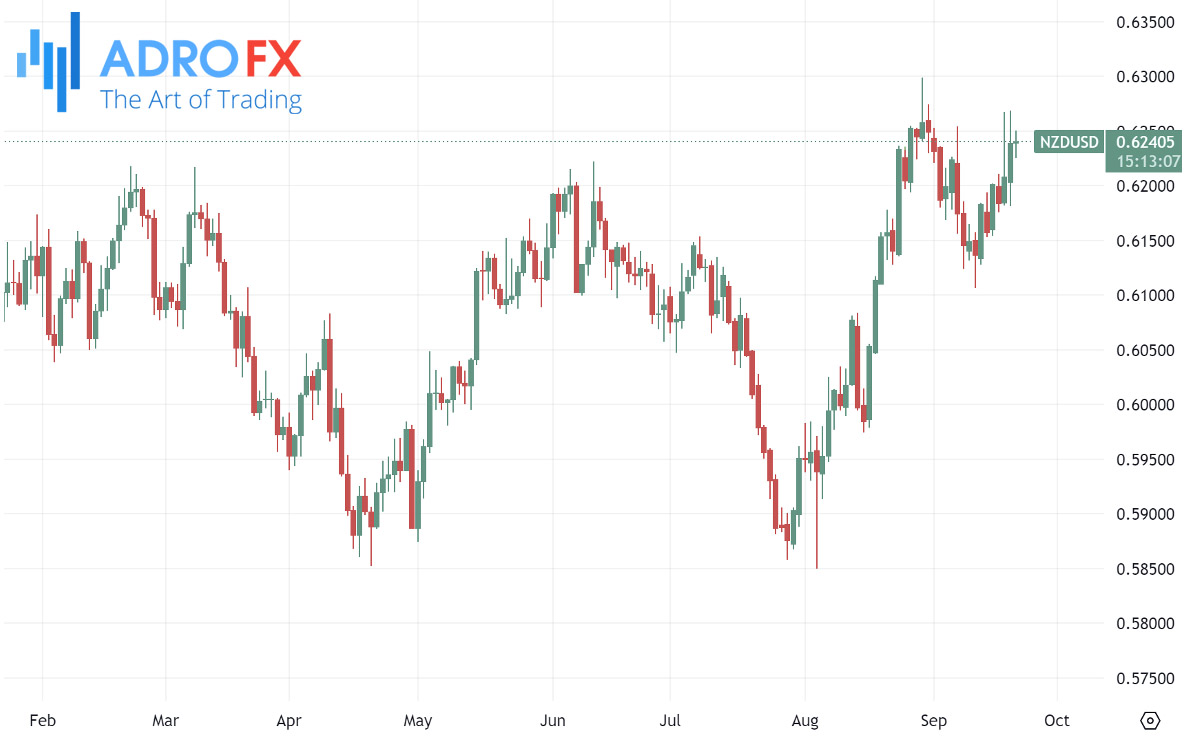
At a news conference on Thursday, China's National Development and Reform Commission (NDRC) announced plans to introduce further stimulus measures aimed at achieving full-year economic and social development goals. Despite this, market participants remain cautious, as the bullish sentiment hasn't been fully ignited, preventing a decisive extension of the NZD/USD pair's recent upward trend.
In contrast, the USD/CAD pair struggles to gain traction during the Asian session on Friday, trading near the 1.3555 level, close to its two-week low from the previous day. Crude Oil prices remain elevated, holding near a two-week high and on track for a second consecutive week of gains amid concerns about shrinking global oil inventories. Tensions in the Middle East also provide support for Oil, which in turn bolsters the Canadian Dollar and keeps the USD/CAD pair from climbing. Nonetheless, expectations of a dovish stance from the Bank of Canada help limit the Canadian Dollar's strength.
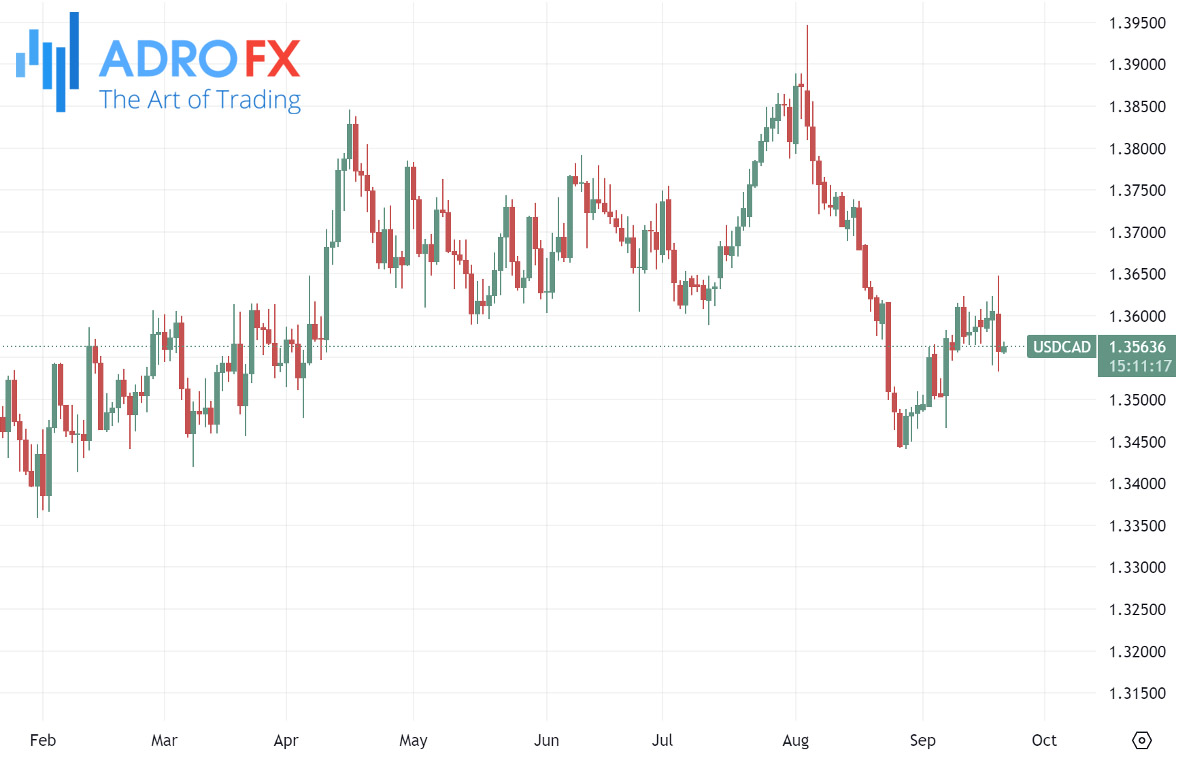
Market participants are increasingly anticipating a potential 50-basis-point rate cut from the BoC next month, following recent data showing Canada's CPI posted its smallest increase since February 2021, with core inflation measures falling to a 40-month low. This has deterred traders from making aggressive bets on the CAD, offering some support to the USD/CAD pair ahead of Friday's release of Canadian Retail Sales data.
Additionally, BoC Governor Tiff Macklem's speech, along with Oil price movements, will influence the CAD's trajectory. Traders will also look to remarks from Philadelphia Fed President Patrick Harker and broader risk sentiment to gauge USD demand, which could impact the USD/CAD pair. Despite these factors, the pair appears set for its first weekly loss in three weeks.









